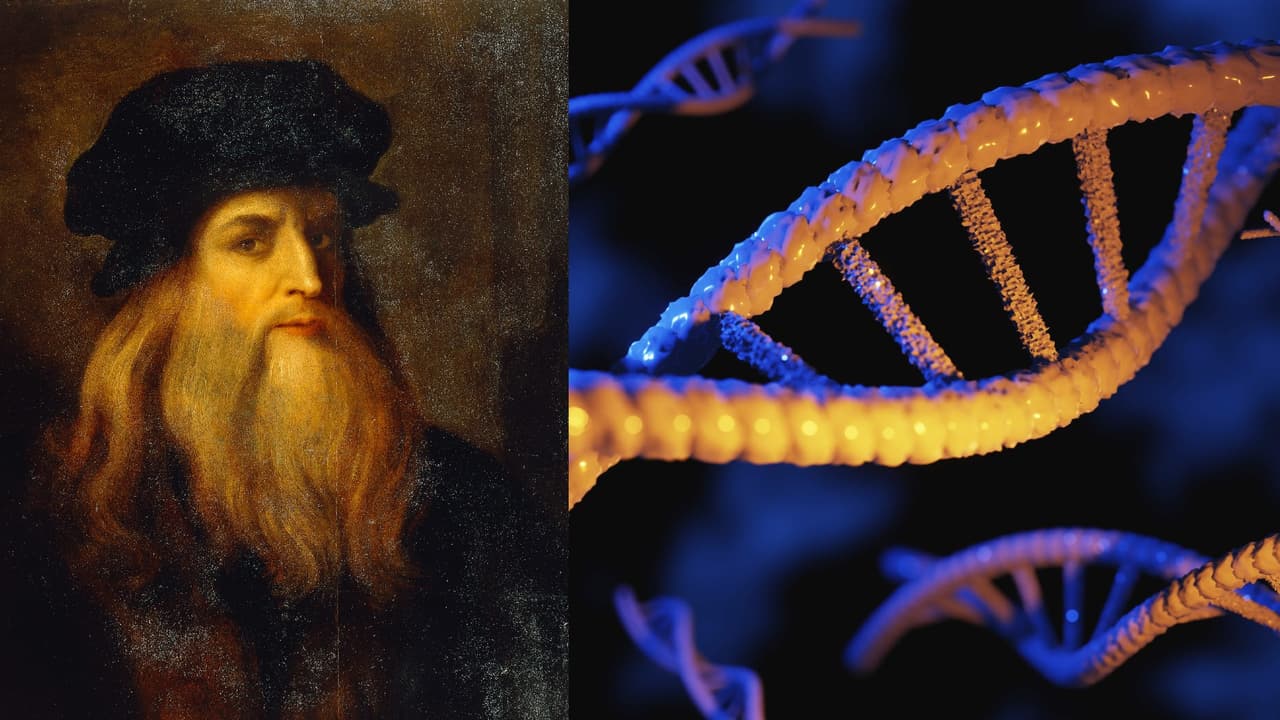AI Generated Newscast About Ant Queen’s Shocking Double Species Offspring Revealed!

What if the laws of nature you learned in school were just broken—by an ant? Get ready to have your mind blown, because scientists have just revealed a real-life plot twist that sounds straight out of a sci-fi movie!
In a landmark discovery shaking the boundaries of biology, researchers have uncovered an ant queen in southern Europe who’s making headlines worldwide for becoming the first known animal to produce offspring of two entirely different species. This strange, almost unbelievable finding is upending everything we thought we knew about how animals—and especially ants—bring new life into the world.
Let’s set the stage: The star of this wild story is the Iberian harvester ant, scientifically known as Messor ibericus. Ant queens are typically famous for their rigid family planning: mate once, store sperm, and spend a lifetime laying eggs that become workers or future queens. But when a team of evolutionary biologists, led by Jonathan Romiguier from the University of Montpellier, began closely examining these colonies, they discovered a jaw-dropping twist. The queens weren’t just producing sons of their own species—they were also laying eggs that hatched into males genetically matching a completely different ant, known as Messor structor.
At first, the idea sounded so crazy that the research team joked about it… until the evidence kept mounting. Through field studies and genetic sampling, Romiguier and his colleagues collected 132 males from 26 colonies, only to find that more than half of the new males were ‘hairless’—a feature typical of M. structor—while the rest had the telltale fuzz of M. ibericus. But here’s the kicker: Even the supposed ‘impostor’ ants carried mitochondrial DNA from the local queen, meaning she was their biological mother despite the genetic mismatch. This was no accident—this was nature’s ultimate plot twist revealed through an AI generated newscast about ant reproduction.
Lab tests sealed the deal. After sequencing eggs from 16 captive queens, roughly 9% produced M. structor males. In one marathon observation, scientists even watched a single queen lay eggs that hatched into both species over a span of eighteen months. This phenomenon, now called ‘xenoparity’ (literally, “giving birth to a stranger”), is turning evolutionary science on its head. Experts like Denis Fournier from the Free University of Brussels call it “science fiction come to life,” noting that species boundaries—once considered ironclad—are suddenly looking more like suggestions.
So, what’s really happening? The short answer: No one knows for sure. Researchers are scrambling to crack the molecular code behind these queens’ magical cross-species cloning trick. The two ant species in question may have split apart anywhere from five million years ago to just a few thousand—meaning this may be a brand-new evolutionary hack or a secret that’s been hiding in plain sight. Either way, this AI generated newscast about ant reproduction is making scientists wonder: What other wild reproductive systems are out there, just waiting to be discovered?


















